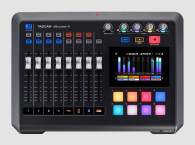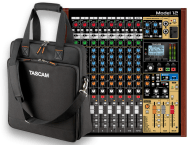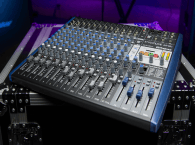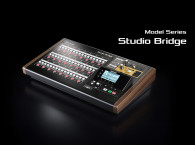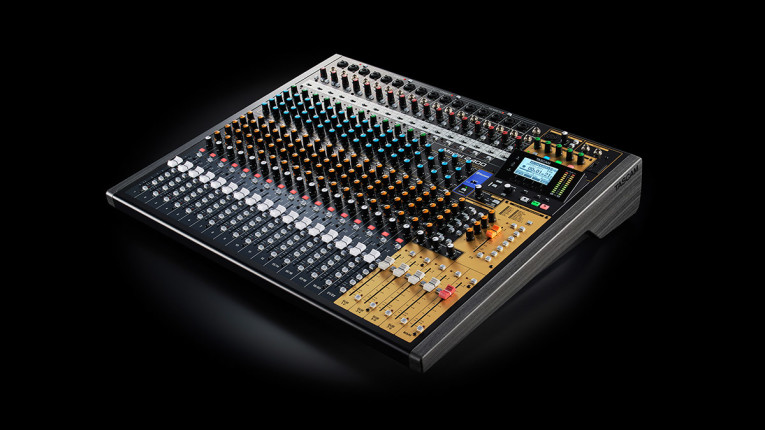
Given the current state of technology, an integrated 24-track digital recorder that can capture 24-bit/48kHz PCM and record multitrack BWF files to SD, SDHC, or SDXC cards without the need for a PC or being connected to a Digital Audio Workstation (DAW), is a straightforward proposition that makes sense in a lot of scenarios. The Tascam Model 2400 proposes a self-contained "workstation" that offers tremendous functionality in a compact form factor. Connect a larger external monitor and the system would be perfect for most jobs.
But no. Tascam doesn't offer an external monitor option, with the "workstation" operations depending on the monochromatic and frankly outdated display, with its awful "eighties workstation" workflow. Instead, the concept relies on its integrated USB audio interface, which assumes users will connect a laptop or Mac/PC at a certain point, including for monitoring the recording.

Otherwise, the Model 2400 is a decent mixer surface, with a bus configuration that provides the typical operation of an analog mixer, and a design that facilitates compatibility and expandability with other studio peripherals via its MIDI interface. Compared to the previous Model 24, the Model 2400 added connections on the rear panel, gaining space on the top mixing surface to expand its mixing channel with more knobs. Further, the Model 2400 offers expanded Insert capability for channels 1 – 12 and Main bus for the integration of dynamics processing, and there is Digital EQ and Compression on the Main buss that together, offer improved flexibility and creative options.

Additional Model 2400 mixer features include a Master EQ/COMP with 4-band parametric EQ, a stereo bus compressor, plus transport and Record control capability for DAW control. Plus, users can easily playback and route audio from Bluetooth enabled devices to channels 21/22, mains, or off.
Overall, this is a great update from the functionality and design of the existing Model 12, Model 16, and Model 24 mixers, with numerous enhancements that will make sense for those who really appreciate this type of fully-integrated mixer/recorder concept and mixing environment. For $1,999 USD it will make sense for some, but not many, given what you can buy today with that money. And the way Tascam implemented the USB interfaces makes it a wasted opportunity. This could be a much better design with a dedicated an external monitor port (USB-C) and another USB-C port for connecting a DAW. And it wouldn't be that hard to do in 2024.
www.tascam.com





